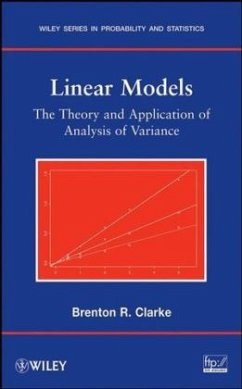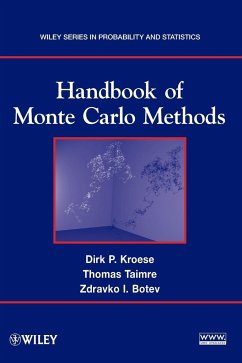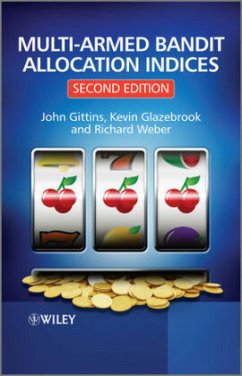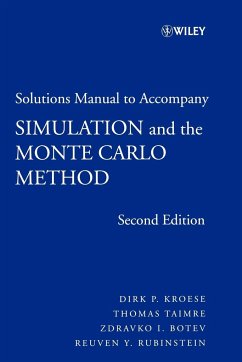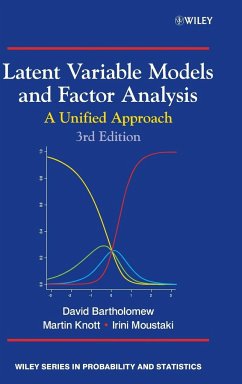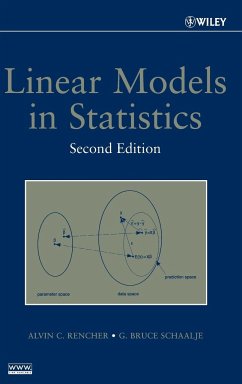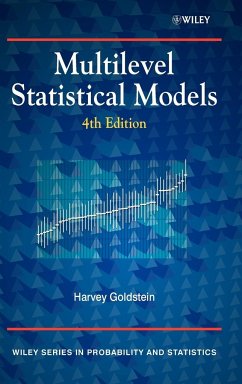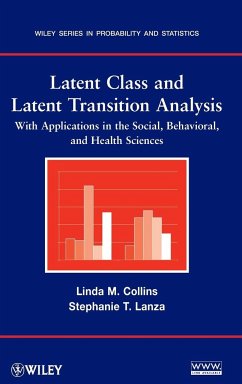
Simplicity, Complexity and Modelling
Versandkostenfrei!
Versandfertig in über 4 Wochen
107,99 €
inkl. MwSt.
Weitere Ausgaben:

PAYBACK Punkte
54 °P sammeln!
Several points of disagreement exist between different modelling traditions as to whether complex models are always better than simpler models, as to how to combine results from different models and how to propagate model uncertainty into forecasts. This book represents the result of collaboration between scientists from many disciplines to show how these conflicts can be resolved.Key Features:Introduces important concepts in modelling, outlining different traditions in the use of simple and complex modelling in statistics.Provides numerous case studies on complex modelling, such as climate ch...
Several points of disagreement exist between different modelling traditions as to whether complex models are always better than simpler models, as to how to combine results from different models and how to propagate model uncertainty into forecasts. This book represents the result of collaboration between scientists from many disciplines to show how these conflicts can be resolved.
Key Features:
Introduces important concepts in modelling, outlining different traditions in the use of simple and complex modelling in statistics.
Provides numerous case studies on complex modelling, such as climate change, flood risk and new drug development.
Concentrates on varying models, including flood risk analysis models, the petrol industry forecasts and summarizes the evolution of water distribution systems.
Written by experienced statisticians and engineers in order to facilitate communication between modellers in different disciplines.
Provides a glossary giving terms commonly used in different modelling traditions.
This book provides a much-needed reference guide to approaching statistical modelling. Scientists involved with modelling complex systems in areas such as climate change, flood prediction and prevention, financial market modelling and systems engineering will benefit from this book. It will also be a useful source of modelling case histories.
Key Features:
Introduces important concepts in modelling, outlining different traditions in the use of simple and complex modelling in statistics.
Provides numerous case studies on complex modelling, such as climate change, flood risk and new drug development.
Concentrates on varying models, including flood risk analysis models, the petrol industry forecasts and summarizes the evolution of water distribution systems.
Written by experienced statisticians and engineers in order to facilitate communication between modellers in different disciplines.
Provides a glossary giving terms commonly used in different modelling traditions.
This book provides a much-needed reference guide to approaching statistical modelling. Scientists involved with modelling complex systems in areas such as climate change, flood prediction and prevention, financial market modelling and systems engineering will benefit from this book. It will also be a useful source of modelling case histories.



